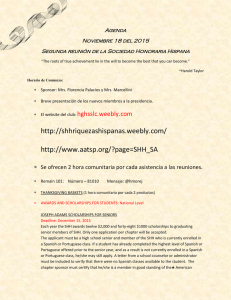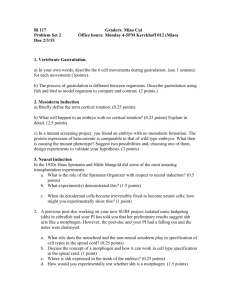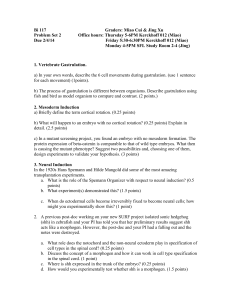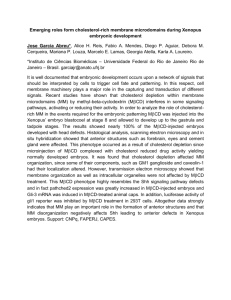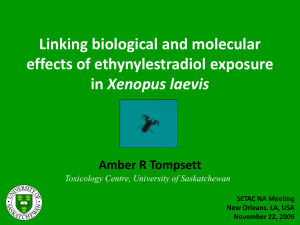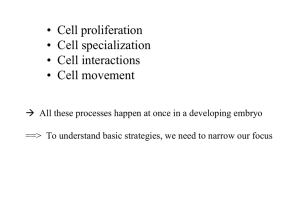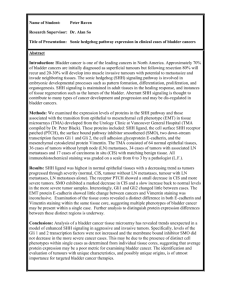Paul Miller
advertisement
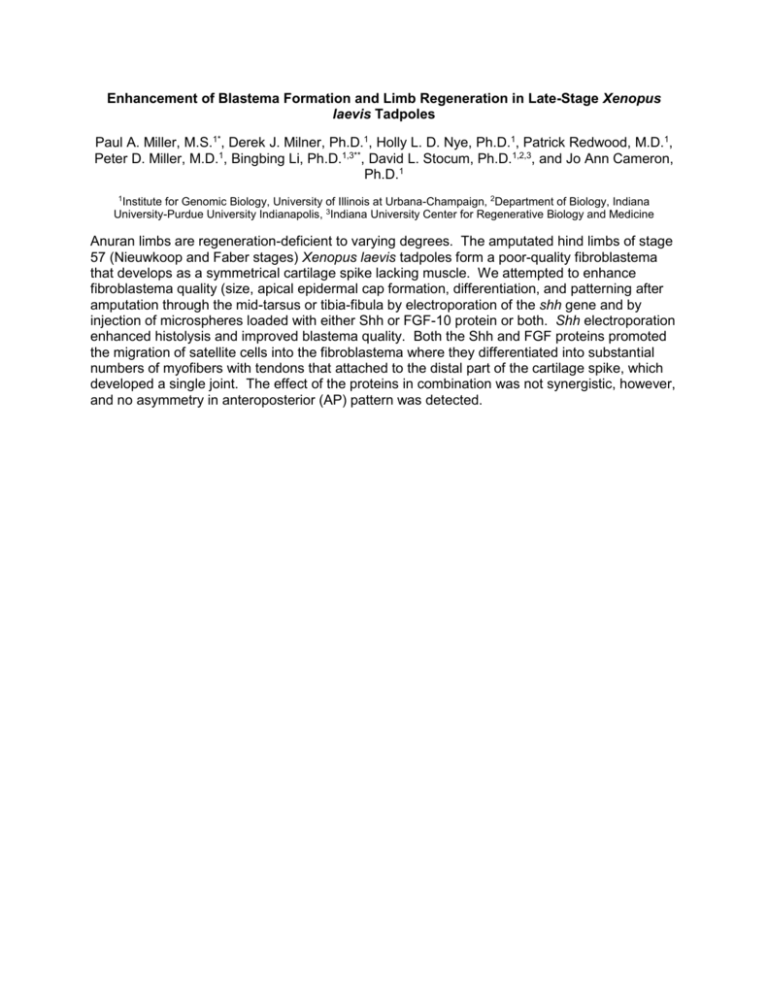
Enhancement of Blastema Formation and Limb Regeneration in Late-Stage Xenopus laevis Tadpoles Paul A. Miller, M.S.1*, Derek J. Milner, Ph.D.1, Holly L. D. Nye, Ph.D.1, Patrick Redwood, M.D.1, Peter D. Miller, M.D.1, Bingbing Li, Ph.D.1,3**, David L. Stocum, Ph.D.1,2,3, and Jo Ann Cameron, Ph.D.1 1Institute for Genomic Biology, University of Illinois at Urbana-Champaign, 2Department of Biology, Indiana University-Purdue University Indianapolis, 3Indiana University Center for Regenerative Biology and Medicine Anuran limbs are regeneration-deficient to varying degrees. The amputated hind limbs of stage 57 (Nieuwkoop and Faber stages) Xenopus laevis tadpoles form a poor-quality fibroblastema that develops as a symmetrical cartilage spike lacking muscle. We attempted to enhance fibroblastema quality (size, apical epidermal cap formation, differentiation, and patterning after amputation through the mid-tarsus or tibia-fibula by electroporation of the shh gene and by injection of microspheres loaded with either Shh or FGF-10 protein or both. Shh electroporation enhanced histolysis and improved blastema quality. Both the Shh and FGF proteins promoted the migration of satellite cells into the fibroblastema where they differentiated into substantial numbers of myofibers with tendons that attached to the distal part of the cartilage spike, which developed a single joint. The effect of the proteins in combination was not synergistic, however, and no asymmetry in anteroposterior (AP) pattern was detected.

